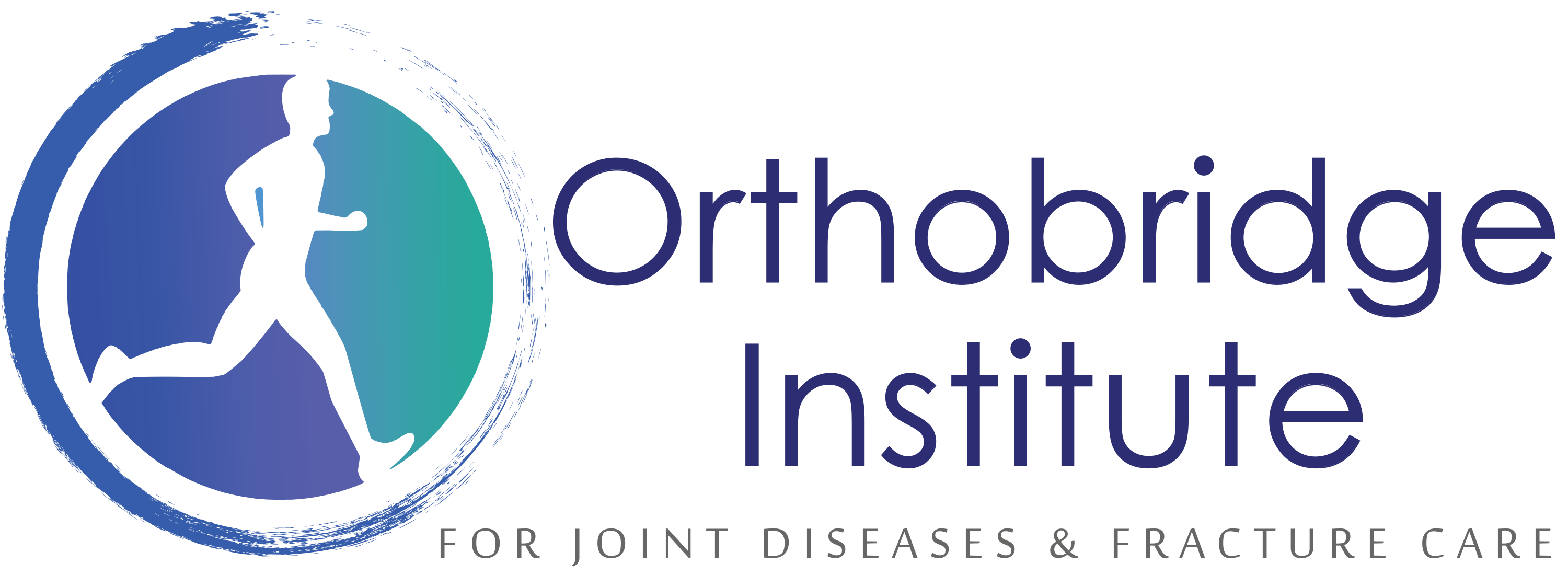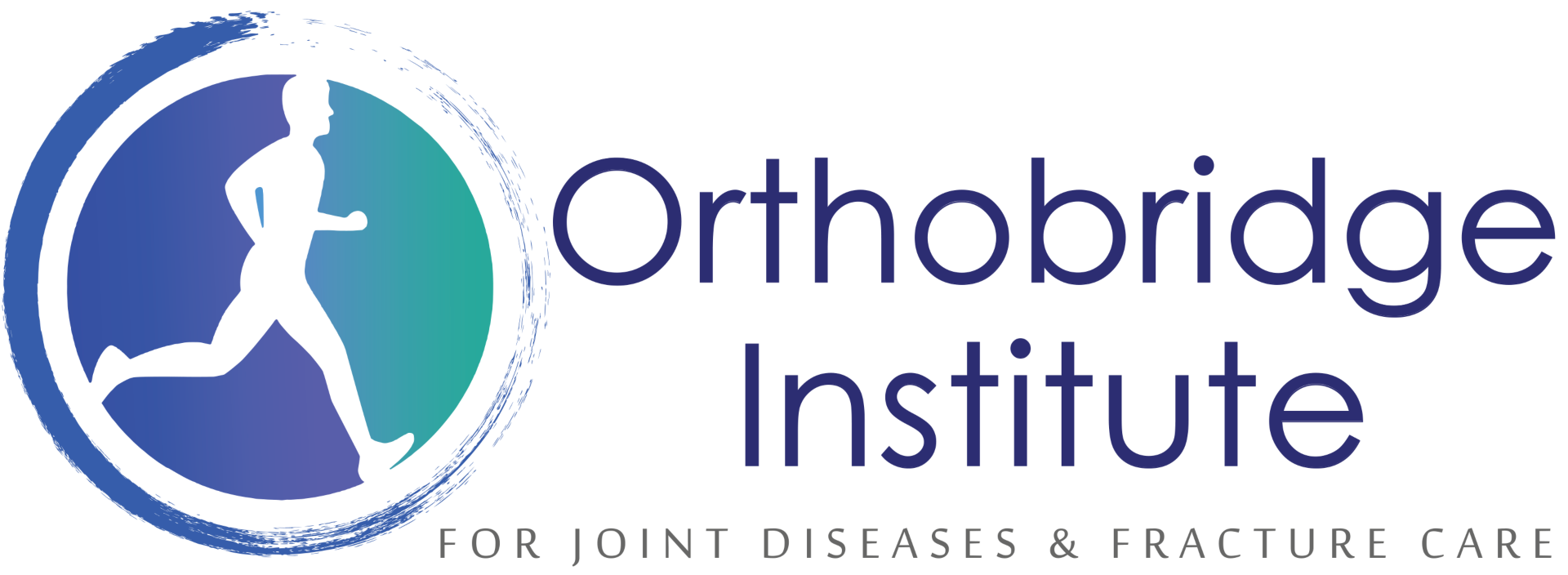Frozen Shoulder
Learn more about various shoulder conditions and their treatment options at Orthobridge Orthopedics Center in Kenya.
Frozen Shoulder Treatment In Nairobi.
Frozen shoulder, also known as adhesive capsulitis, is a condition characterized by stiffness and pain in your shoulder joint. Signs and symptoms typically begin gradually, worsen over time and then resolve, usually within one to three years.
Your risk of developing frozen shoulder increases if you’re recovering from a medical condition or procedure that prevents you from moving your arm — such as a stroke or a mastectomy.
Treatment for frozen shoulder involves range-of-motion exercises and, sometimes, corticosteroids and numbing medications injected into the joint capsule. In a small percentage of cases, arthroscopic surgery may be indicated to loosen the joint capsule so that it can move more freely.
It’s unusual for frozen shoulder to recur in the same shoulder, but some people can develop it in the opposite shoulder.

Symptoms
Freezing stage:
- You develop a pain (sometimes severe) in your shoulder any time you move it.
- It slowly gets worse over time and may hurt more at night.
- This can last anywhere from 6 to 9 months.
- You’re limited in how far you can move your shoulder.
Frozen stage
- Your pain might get better but your stiffness gets worse.
- Moving your shoulder becomes more difficult and it becomes harder to get through daily activities.
- This stage can last 4-12 months.
Thawing stage:
- Your range of motion starts to go back to normal.
- This can take anywhere from 6 months to 2 years

Causes
The shoulder is made up of three bones: The shoulder blade, the collarbone, and the upper arm bone, or humerus. The shoulder has a ball-and-socket joint. The round head of the upper arm bone fits into this socket.
Connective tissue, known as the shoulder capsule, surrounds this joint. Synovial fluid enables the joint to move without friction.Frozen shoulder is thought to happen when scar tissue forms in the shoulder. This causes the shoulder joint’s capsule to thicken and tighten, leaving less room for movement. Movement may become stiff and painful. The exact cause is not fully understood, and it cannot always be identified. However, most people with frozen shoulder have experienced immobility as a result of a recent injury or fracture. The condition is common in people with diabetes.
Symptoms
Frozen shoulder typically develops slowly, and in three stages. Each stage can last a number of months.
- Freezing stage. Any movement of your shoulder causes pain, and your shoulder’s range of motion starts to become limited.
- Frozen stage. Pain may begin to diminish during this stage. However, your shoulder becomes stiffer, and using it becomes more difficult.
- Thawing stage. The range of motion in your shoulder begins to improve.
For some people, the pain worsens at night, sometimes disrupting sleep.
Diagnosis
Doctors will most likely diagnose frozen shoulder based on signs, symptoms, and a physical exam, paying close attention to the arms and shoulders.
The severity of frozen shoulder is determined by a basic test in which a doctor presses and moves certain parts of the arm and shoulder.
Structural problems can only be identified with the help of imaging tests, such as an X-ray or Magnetic Resonance Imaging (MRI).
Treatment
There are several ways to relieve pain and alleviate the condition.
Painkillers: Nonsteroidal anti-inflammatory drugs (NSAIDs), such as ibuprofen, are available to purchase over-the counter or online, and may reduce inflammation and alleviate mild pain. Acetaminophen (paracetamol, Tylenol) is recommended for extended use, and is also available to purchase online.
Prescription painkillers, such as codeine, an opiate-based painkiller, may reduce pain. Not all painkillers are suitable for every patient, so it is important to review options with the doctor.
Hot or cold compression packs: These can help reduce pain and swelling. Alternating between the two may help. These are available to purchase online.

Our Affiliations










